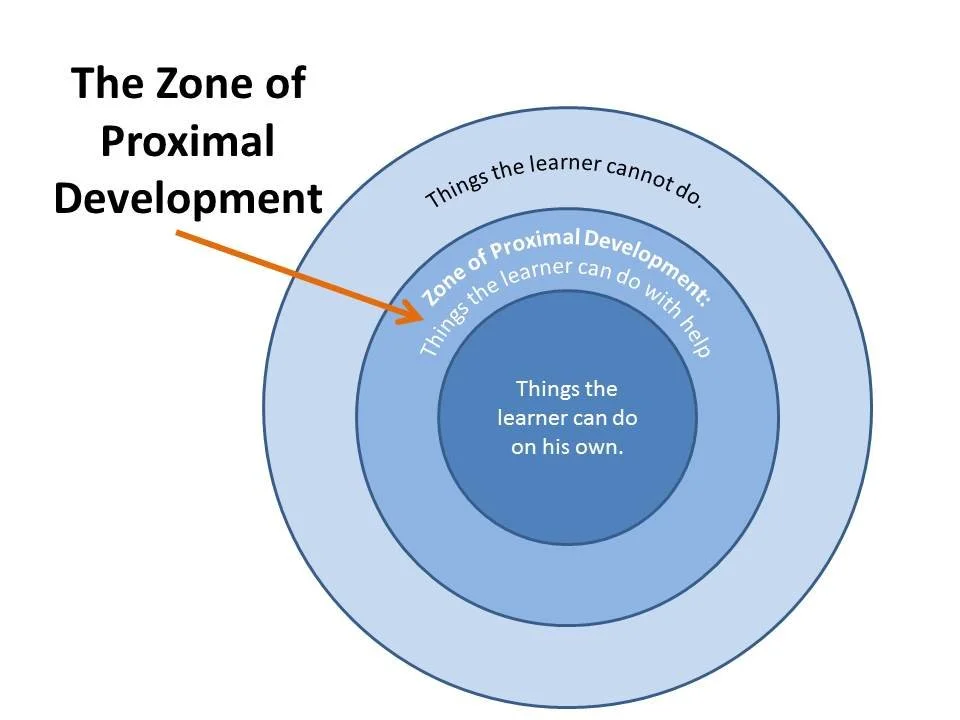From Virtual Evolution to Real Learning:
Insights from Ancestors: The Humankind Odyssey
In the realm of digital learning experiences, designers have long grappled with the challenge of meaningfully tracking and representing skill development. The video game Ancestors: The Humankind Odyssey (Panache Digital Games, 2019) provides a fascinating framework for understanding how we might approach this challenge in educational technology. Through its innovative neuron system, the game not only tracks player progression but also creates a compelling metaphor for real-world learning and skill acquisition.
The Neuron System: A Model for Skill Development
Ancestors implements a unique approach to skill progression through its neuronal mapping system. As players explore and interact with their environment, they unlock neural pathways that represent new abilities and knowledge. This system mirrors several key principles from learning sciences:
Progressive Complexity
The game's skill tree expands through actual usage and experimentation, rather than arbitrary level-ups or point allocation. This aligns with Vygotsky's concept of the Zone of Proximal Development, where learners build upon existing knowledge to reach new understanding. When designing learning products, this suggests that skill tracking should focus on authentic task completion rather than artificial milestones.
Experiential Learning
Each new skill in Ancestors must be discovered through direct interaction with the environment, reflecting Kolb's Experiential Learning Theory. The neuronal system only records and reinforces skills that players have actually demonstrated, creating a direct connection between action and learning. This provides a valuable lesson for educational technology: skill tracking should be tied to observable behaviors and practical application.
Deep Flow and Cognitive Load
Flow State in Skill Development
Ancestors exemplifies several dimensions of Csikszentmihalyi's flow theory that are relevant to learning design:
Challenge-Skill Balance: The game masterfully scales difficulty as players develop new abilities, maintaining engagement without overwhelming novice players. This careful balance is essential in learning applications.
Clear Goals and Feedback: The neuronal system provides immediate visual feedback when new skills are discovered or reinforced, though the path to discovery remains organic and exploratory.
Sense of Control: Players have agency in how they develop their skills and which areas they choose to focus on, creating a personalized learning journey.
Managing Cognitive Load
The game's design offers valuable insights into managing different types of cognitive load:
Intrinsic Load: The core mechanics of survival and exploration present inherent complexity that cannot be simplified without losing meaning. Similarly, learning platforms must preserve the essential complexity of their subject matter.
Extraneous Load: The neuron interface minimizes unnecessary complexity by using clear visual metaphors and progressive revelation of options. This demonstrates how learning platforms can reduce interface friction to focus cognitive resources on actual learning.
Germane Load: The game encourages reflection and pattern recognition through its skill development system, supporting the construction of mental models. This exemplifies how learning platforms can scaffold metacognitive processes.
Metacognition and Transfer
Supporting Metacognitive Development
The neuronal map interface serves as a metacognitive tool, allowing players to:
Reflect on their learning progress
Plan future skill development
Understand relationships between different abilities
Monitor their growth over time
These same principles can be applied to learning platforms through carefully designed progress visualization and reflection tools.
Bridging Virtual and Real-World Learning
Important Considerations and Limitations
It's crucial to acknowledge the differences between in-game skill tracking and real-world learning measurement. Several key considerations emerge:
Complexity of Real Skills: While games can cleanly delineate skills into discrete nodes, real-world abilities are often more nuanced and interconnected. Learning platforms must account for this complexity in their tracking systems.
Transfer Challenges: The direct feedback loops possible in games may not translate perfectly to real-world learning scenarios. Platforms need to develop alternative methods for validation and skill verification.
Context Dependency: Real-world skills often manifest differently across contexts, unlike the more controlled environment of a game. Learning systems should account for this variability in their assessment approaches.
Implementing These Principles in Digital Learning Products
When designing systems to track real-life skill development, several key lessons emerge from Ancestors' approach:
Organic Progression Mapping
Rather than presenting a pre-defined skill tree, consider implementing a dynamic system that reveals new possibilities based on learner actions. This creates a more engaging discovery process and ensures that tracked skills reflect actual capabilities rather than theoretical knowledge.
Reinforcement Through Practice
Ancestors requires players to repeatedly use skills to strengthen neural pathways. This mirrors the importance of deliberate practice in skill acquisition, as described by researchers like K. Anders Ericsson. Learning platforms should track not just skill acquisition but also frequency of application and growing sophistication of use.
Contextual Skill Application
The game's neurons represent not just isolated abilities but interconnected skills that work together in context. This reflects the real-world nature of skill development, where abilities are rarely used in isolation. Track skills in relation to one another and in the context of practical application scenarios.
Practical Applications
To effectively adapt these gaming principles to real learning environments:
Create flexible skill taxonomies that can capture the nuanced nature of real-world abilities while maintaining clear progression paths.
Implement multi-modal assessment approaches that can validate skill application across different contexts.
Design visualization tools that represent both discrete skills and their interconnections, helping learners understand their development holistically, similar to Ancestors' neural map interface.
Build in reflection prompts and metacognitive supports that help learners transfer their knowledge across contexts.
Conclusion
The neuron system in Ancestors: The Humankind Odyssey provides more than just an engaging game mechanic—it offers valuable insights for educational technology design. By focusing on authentic skill demonstration, progressive complexity, and interconnected learning, developers can create more effective and engaging learning experiences.
The key is to move beyond simple checkbox-style skill tracking toward systems that reflect the organic, interconnected nature of real learning. Just as Ancestors creates a compelling representation of evolutionary development, learning platforms can create meaningful visualizations of skill development that motivate and guide learners while providing valuable data for educators and instructional designers.



